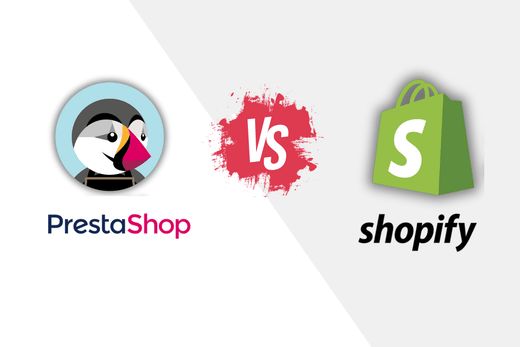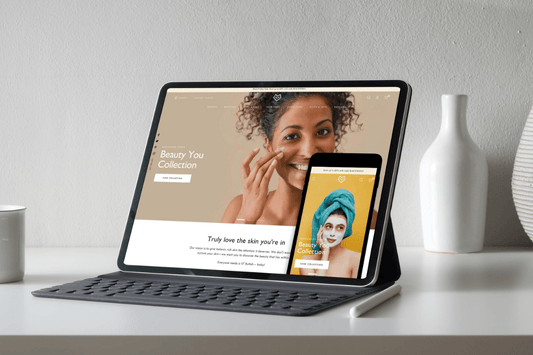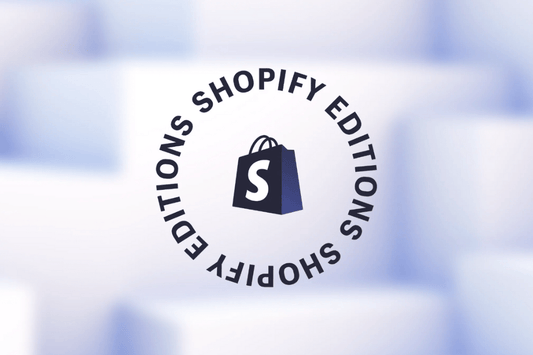The world of eCommerce is constantly evolving, and at Shopify, web performance metrics play a crucial role in the success of any online store. As we move into 2024, it’s essential to understand and optimize these metrics to ensure an exceptional user experience and strong SEO presence.
Key metrics
Time To First Byte (TTFB):
- Concept: TTFB measures the time it takes to receive the first response byte from the server. It is an indicator of server and network efficiency.
- Importance: A low TTFB is crucial for fast page loading, improving both user experience and SEO.
First Contentful Paint (FCP):
- Concept: FCP indicates the moment when the first content, such as text or images, is rendered on the screen.
- Importance: A fast FCP captures user attention, reducing bounce rate and improving initial impressions.
Large Contentful Paint (LCP):
- Concept: LCP measures the time until the largest element of visible content is fully loaded.
- Importance: An efficient LCP suggests a fast and complete page load, crucial for retaining users.
First Input Delay (FID):
- Concept: FID evaluates the time it takes for the site to respond to the user's first interaction.
- Importance: Essential for interactivity, a low FID ensures a fluid and responsive experience.
Total Block Time (TBT):
- Concept: TBT measures the amount of time the page is not interactive between FCP and TTI (Time to Interactive).
- Importance: A low TBT indicates that the site is fast and responsive, improving the user experience.
Interaction with the Next Painting (INP):
- Concept: The INP, which will replace the FID, measures the site's response throughout the user's session.
- Importance: A low INP ensures a consistent and responsive user experience.
Cumulative Layout Shift (CLS):
- Concept: CLS measures the visual stability of the page, quantifying unexpected changes in the layout.
- Importance: A low CLS is vital to avoid user frustration and maintain a consistent browsing experience.
Optimization and strategies
- Updates and improvements: Keeping your themes and apps up to date is essential to take advantage of performance improvements.
- Analytics and Tools: Use tools like Lighthouse or WebPageTest to identify specific areas for improvement.
- Image and content optimization: We need to make sure that images and media are optimized for fast loading.
- JavaScript and CSS Minification: Reduce code weight and complexity to improve TTFB, FCP and LCP.
Conclusions
In 2024, optimizing these metrics will be more crucial than ever at Shopify. By understanding and acting on these metrics, stores can significantly improve user experience, increase conversions, and strengthen their search engine rankings.
The digital age is constantly changing, and keeping up with metrics is essential to e-commerce success.
In Kansei, as Shopify SEO agency , we can advise you to boost the organic positioning of your online store.




